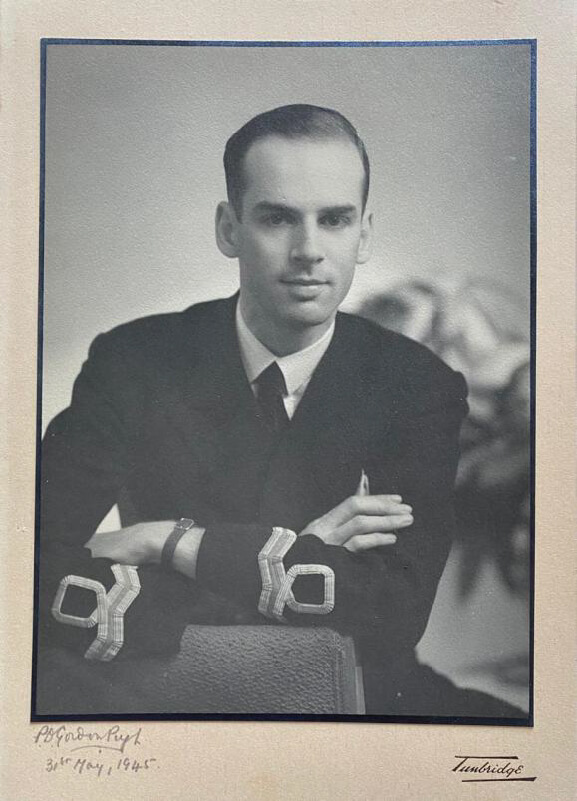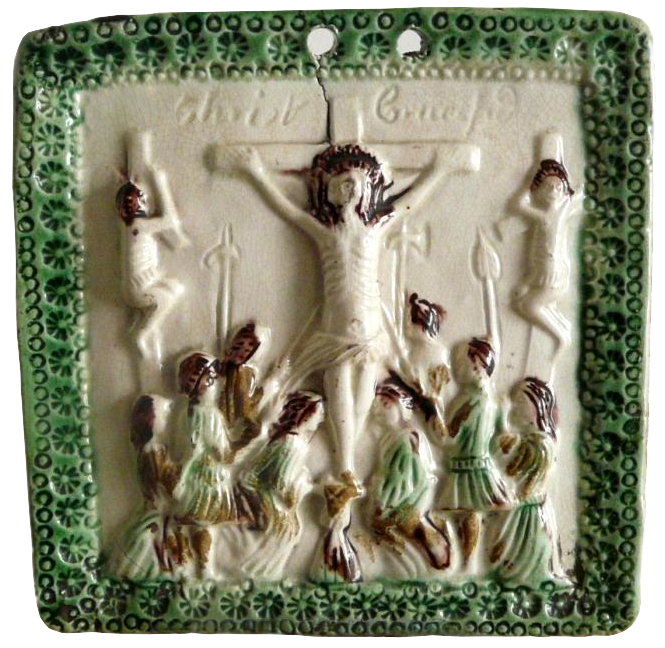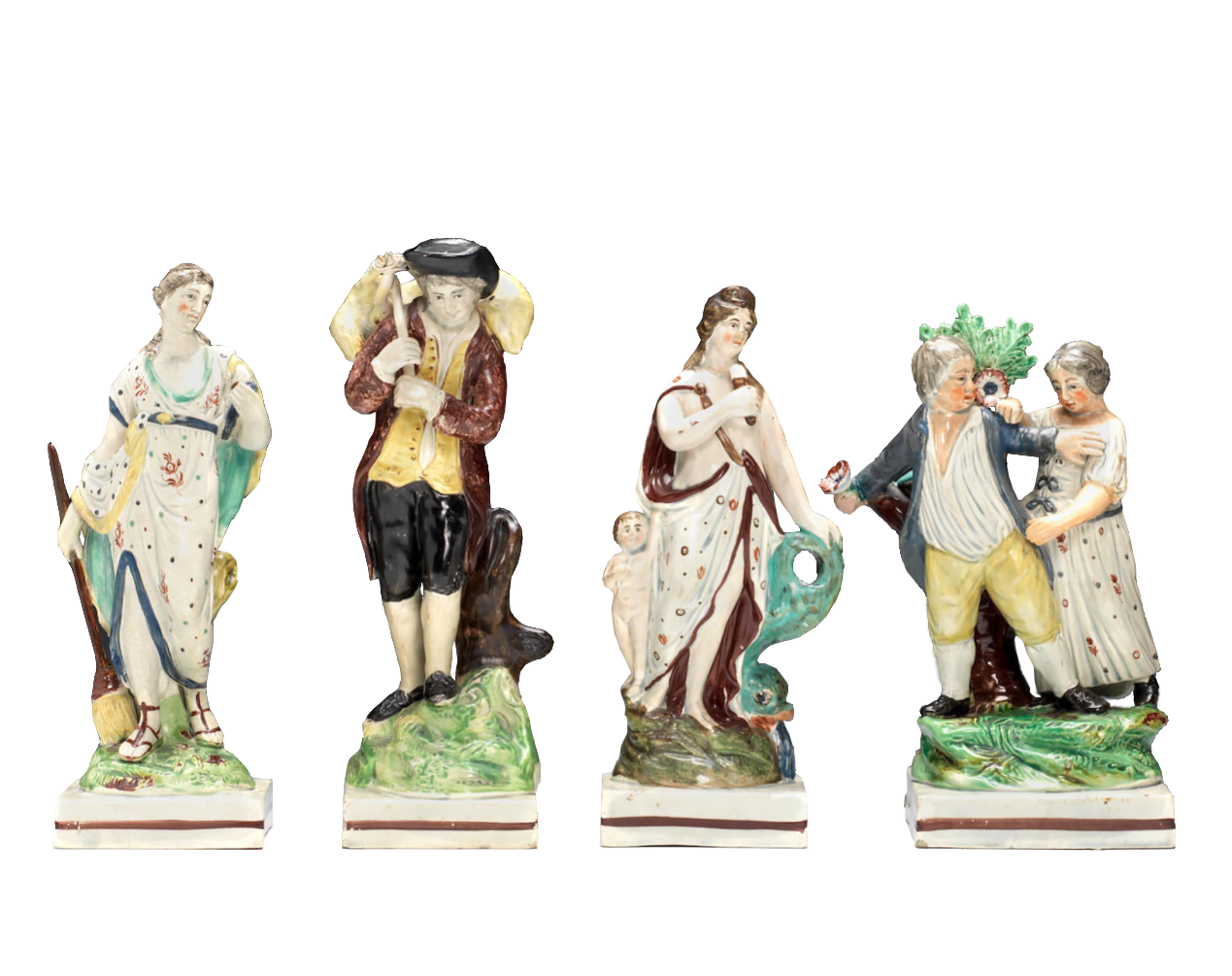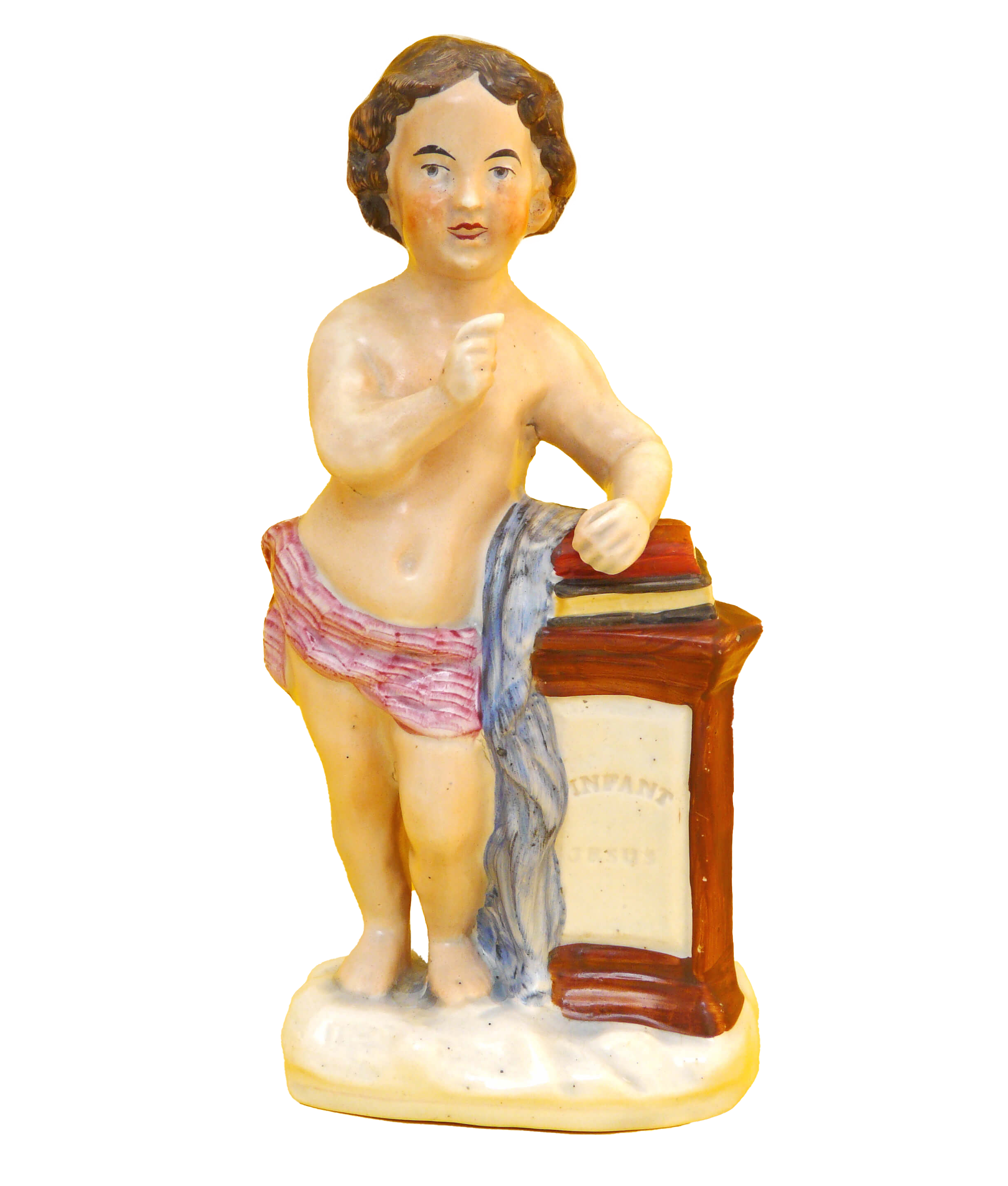Sheep – don’t you just love them?

In this ode to the humble herbivore, Win Hock reminds us of the sheep’s importance to the history of British economy and social structure.

In this ode to the humble herbivore, Win Hock reminds us of the sheep’s importance to the history of British economy and social structure.

In honour of World Tiger Day, Alan Jamieson reminds us of the ferocious nature of big cats and the macabre allure of the Staffordshire figure ‘The Death of Munrow’, inspired by a fatal tiger attack in 1792.

Gordon Pugh is the man who everyone turns to first when investigating the provenance of a Staffordshire portrait figure. “Is it in Pugh?” tends to be the first question. If the answer is ‘Yes, Pugh has it’ the inquisitor breathes a sigh of relief. ‘No’ means there’s doubt and disappointment.
So who is this Pugh person who dominates collectors’ lives? Alan Jamieson bravely steps into the role of investigator to find out.

At Easter, Stephen Duckworth reveals some early pieces of Staffordshire from his collection, depicting the crucifixion of Jesus and celebrating his supernatural resurrection from the dead.

In 1836, Scottish philosopher and writer Thomas Carlyle wrote: “A dandy is a clothes-wearing Man, a Man whose trade, office and existence consists in the wearing of Clothes. Every faculty of his soul, spirit, purse, and person is heroically consecrated to this one object, the wearing of Clothes wisely and well: so that the others dress to live, he lives to dress.” Win and Pat Hock celebrate these most stylish of Staffordshire figures.

Every month since 2015 we have chosen a Staffordshire figure to feature – it may be unusual, rare, have an interesting story, or might just be one of our favourites.

On 6 February 1837, the scientist-potter-entrepreneur-designer-inventor Ralph Wedgwood died in London. Pat Halfpenny introduces the man and the significant contribution he made to Burslem’s figure production during a very busy ten years.

Despite being a popular subject in Western art, the Staffordshire potters did not produce a nativity scene. Stephen Duckworth offers some alternative Victorian figures for a festive mantelpiece.

John Howard celebrates the enduring financial advice of the Reverend John Wesley, born 28 June 1703, a man who travelled 4000 miles a year on horseback, gave over 40,000 sermons and by the end of his life in 1791, was “the best-loved man in England”.

Although many of the Staffordshire portrait figures were titled, sometimes the most well-known figures of the time were not attributed, leaving collectors two centuries later to wonder who stands on our living room shelves. Dorothea Gillett considers this question as she looks at three female figures…

A brief illustrated history of Staffordshire pottery, followed by pointers for the eager collector.

In this ode to the humble herbivore, Win Hock reminds us of the sheep’s importance to the history of British economy and social structure.

When historian Alan Jamieson brought home his very first Staffordshire figure, little did he know that Em. Napoleon would lead him on a new voyage of discovery…

Equestrian figures are very popular with Staffordshire collectors. Kelvin and Dorothea Gillett challenge you to have a go at identifying these figures from their horses!

From long-held traditions to ‘salmon and cucumber’ ties, Michael Duffell offers a glimpse into a London theatrical gentlemen’s club inspired by the life of David Garrick, and its very unique Staffordshire figure collection.

Stephen Duckwork remembers Harry Ryans, the son of a Yorkshire coal miner who never lost his accent despite living in London for over 60 years. His personal collection of around 200 Staffordshire figures was distinguished by its focus on rarity, detail, condition and some distinct thematic strengths.
We warmly welcome new members – join us for free!
Wherever you are in the world, whether you are an experienced collector, a researcher interested in the folk art of England, or just someone who is intrigued by Staffordshire figures, please join us and get the rest of this year for free! Stay with us next year and pay an annual fee of £45 / $50 per household in January.
